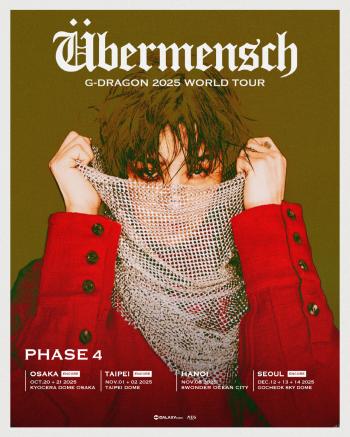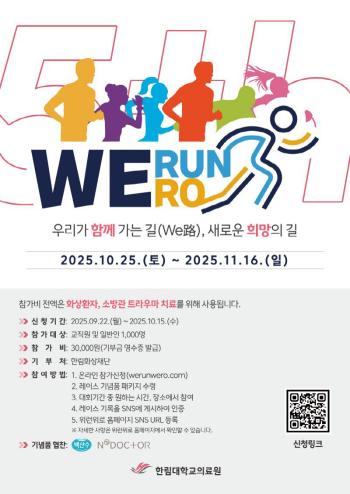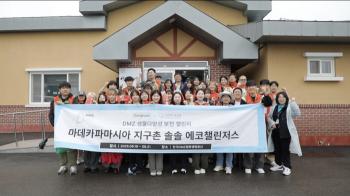Myocardial infarction has increased 1.5 times in 10 years...The most common occurrence is getting younger in your 60s
Sep 22, 2025
|
Bundang Jesaeng Hospital (Hospital Director Na Hwa-yeop) analyzed the number of patients hospitalized for myocardial infarction in the past 10 years from 2012 to 2022 by the Korea Centers for Disease Control and Prevention, and it was 23,505 in 2012 but 34,969 in 2022, an increase of about 1.5 times over the past decade.
By age group, those in their 60s accounted for the largest share with 24.9%, followed by those in their 60s, 70s, and 50s with 24.5% in their 70s and 21.0% in their 50s.
By year, those in their 70s had the highest rate of myocardial infarction at 27.1% in 2012, but decreased to 22.9% in 2022, while those in their 60s were 22.5% in 2012 but increased to 27.4% in 2022.
The age range of patients with the most myocardial infarction has been reduced from 70s to 60s.
Oh Min-seok, director of the Cardiovascular Center at Bundang Jesaeng Hospital, said, `In the past, myocardial infarction was mainly seen in people in their 70s, but recently, the number of patients with myocardial infarction in the relatively young age group has increased. "Cardiovascular disease tends to appear in the middle and old age due to cholesterol accumulated in youth, but the age group seems to have decreased due to westernized eating habits and lack of exercise."
Myocardial infarction is a heart disease in which the coronary arteries that supply blood to the heart are blocked and blood is not supplied. Vascular aging progresses slowly from the 30s to 40s, and repeated exposure to bad lifestyle and metabolic diseases progresses intravascular arteriosclerosis and stenosis over a long period of time. Severe pain occurs in the process of clogging the blood vessels that supply blood to the heart.
Manager Oh said, `One of the important symptoms of myocardial infarction is chest pain, and even if waste accumulates in blood vessels, there are no symptoms when the degree of vascular stenosis is not severe enough to cause blood circulation disorders, but when blood clots or blood vessels are blocked by contraction, severe blood circulation disorders occur and chest pain occurs. If you have a severe pain that seems to be squeezing in the middle of your chest that lasts for more than 30 minutes, you should visit a medical institution immediately", he explained.
|
This article was translated by Naver AI translator.















